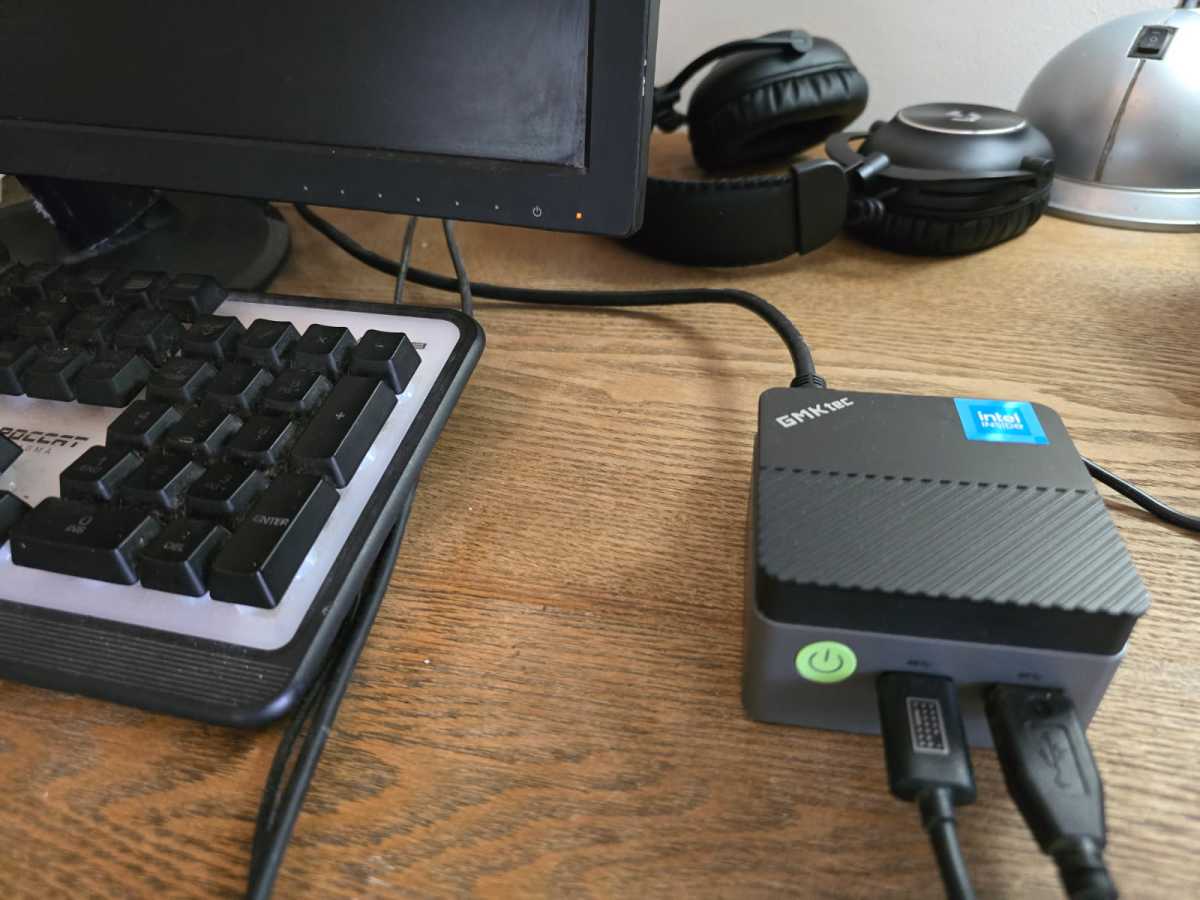

Image: Bonnie Bayley
I bought a mini PC before I knew what to expect. At first, I thought it would just handle basic tasks, but I quickly discovered how capable these tiny machines can be. Now, in hindsight, there are a few things I wish I’d known sooner. Here are my top five.
1. They’re more capable than you think
When I first saw a mini PC, I assumed it would be good only for basic tasks like web browsing, but that was before I discovered just how powerful these tiny machines can be. Today’s mini PCs, especially those with chips like the Intel N97 or N150, are surprisingly capable. Even the smallest machines can support 16GB RAM, quick SSDs, and multiple 4K displays.
Processing power is something I thought was only going to be decent in the larger models, but my tiny GMKtek G5 has a maximum operating speed of 3.6GHz, which is very impressive. It runs all the apps and software I’ve ever asked it to, just like a laptop or larger desktop would.
2. They’re great for travel
I’d always relied on my laptop for travel, but now I just pack my mini PC. My GMKtec G5 is smaller than a pack of Pop-Tarts and much less bulky. It easily fits in a coat pocket or my backpack and takes up a lot less space than my laptop did.
Paired with a foldable keyboard, mouse, and portable monitor, I have a full mobile workstation at my fingertips. Setup doesn’t take long either, just a few minutes.
3. The power draw is very low
One thing that isn’t stated enough is how impressively low the power draw is in most mini PCs. Most will idle at between 10-15 watts and rarely exceed 25 watts. That’s far less than an average desktop PC, which typically averages around 60 watts.
The low power consumption makes mini PCs ideal for home servers and media centers. You can leave them running all day long without worrying about your electricity bill. They also run relatively cool and quietly, making them a low-maintenance, easy computing solution.

Bonnie Bayley
4. Expandability options are very good
It’s a common misconception that mini PCs are locked down and you can’t upgrade them, but that’s generally not the case. Most mini PCs come with at least one or two upgradable slots, usually for RAM or storage. It’s not uncommon to find spare M.2 or SATA slots inside, either.
Because of that, you can end up with a very capable little computer after upgrading. Some even offer NVMe storage, 32GB of RAM, and even a discrete GPU in some cases. The external options are also strong–you can add USB-C docks, Ethernet adapters, and eGPU enclosures for graphics.
If I’d known this earlier, I would’ve considered some of the lower-end models that I dismissed and budgeted accordingly for later upgrades.
Author: Dominic Bayley, Australian Editor, PCWorld
Based in Australia, Dominic Bayley is a hardcore tech enthusiast. His PCWorld focus is on PC gaming hardware: laptops, mice, headsets and keyboards.